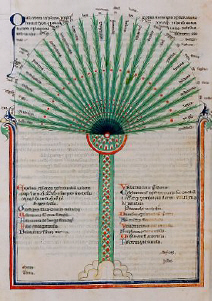gr. ἀκίνητος, akínetos, akinetos, imóvel. De kinô, eu movo, com a privativo. O termo está em Filolau: “o Uno é eternamente imóvel” (em Fílon de Alexandria, Criação do mundo, 23); em Platão, o Ser é ao mesmo tempo imóvel e móvel (Sofista, 249d); em Aristóteles: o primeiro Motor é imóvel (Fís., VIII, 5). (Gobry)
ἀκίνητος, « immobile », à propos des puissances (dunameis) de l’âme (Tratado 53 6, 3) (cf. 41). (Aubry)
It was Aristotle, not Plato, who urged immobility.
Plato describes the soul as self-moving, Phaedrus 245C-246A; Laws 894D-896B. Moreover, we have seen in 6(a) that despite the imperceptibility of soul, its movements are described as spatial movements, Timaeus 36C-D; 40A; 41D-42A; 43A-44B; 44D; 91E-92A; Laws 790D-791B. Some of these passages have been translated there.
Aristotle, though toying with the idea of self-movement, rules it out as not literally possible. A self-mover must split into a part that is moved and a part that is an unmoved mover, Phys. 8.5, 256b13-257b14. The ultimate unmoved mover turns out to be God. Simplicius, in Phys. 1220,29-36, following Eudemus, takes the discussion of a self-mover to be merely a concession to his predecessors. (SorabjiPC1:217)
LÉXICO:
